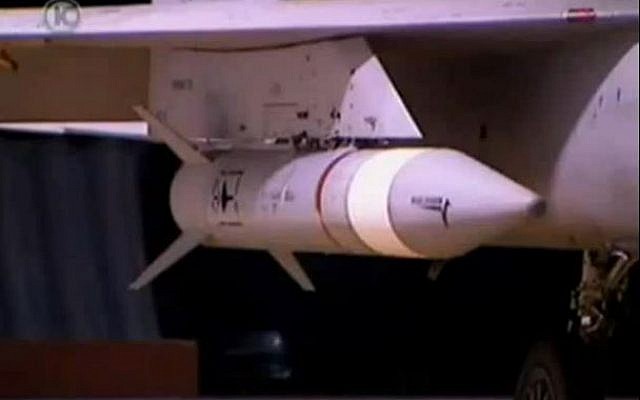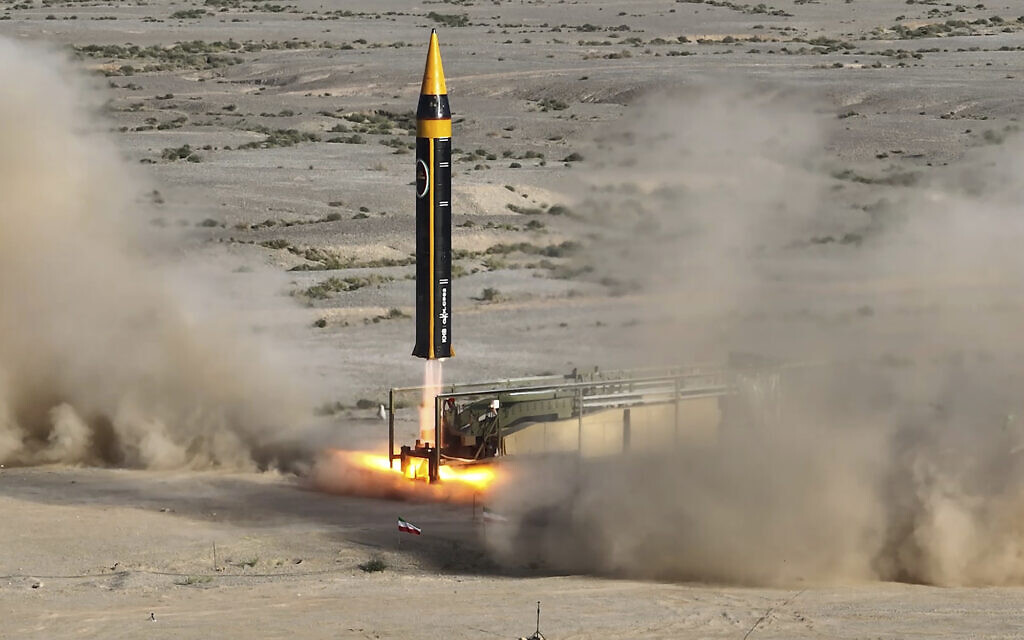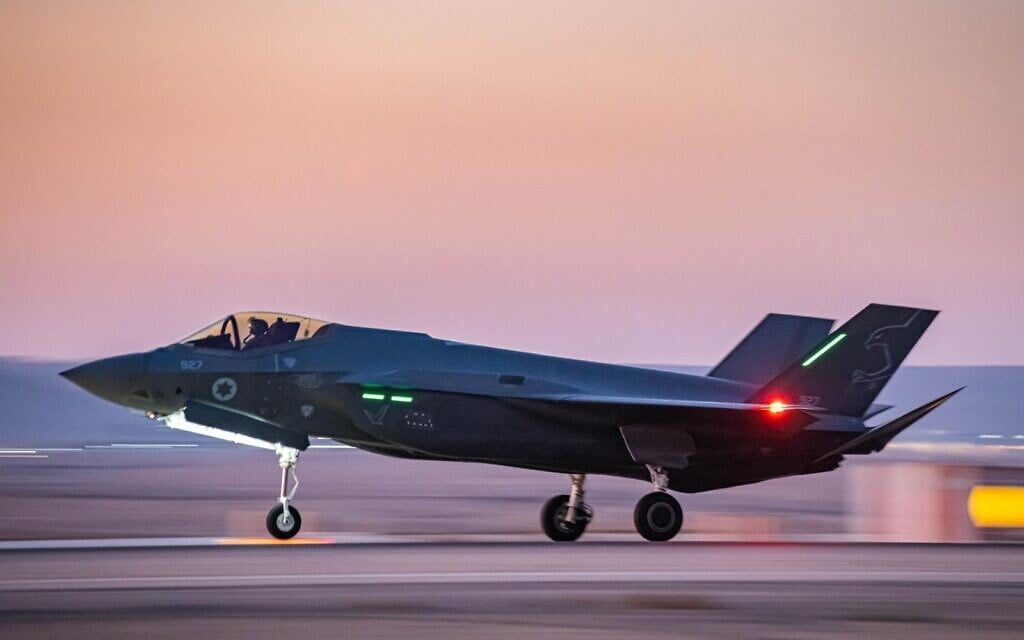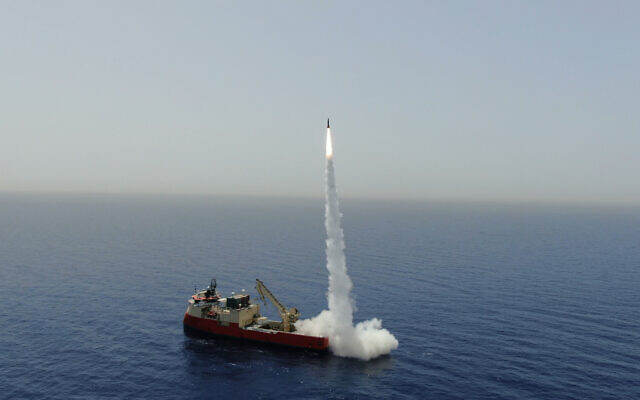


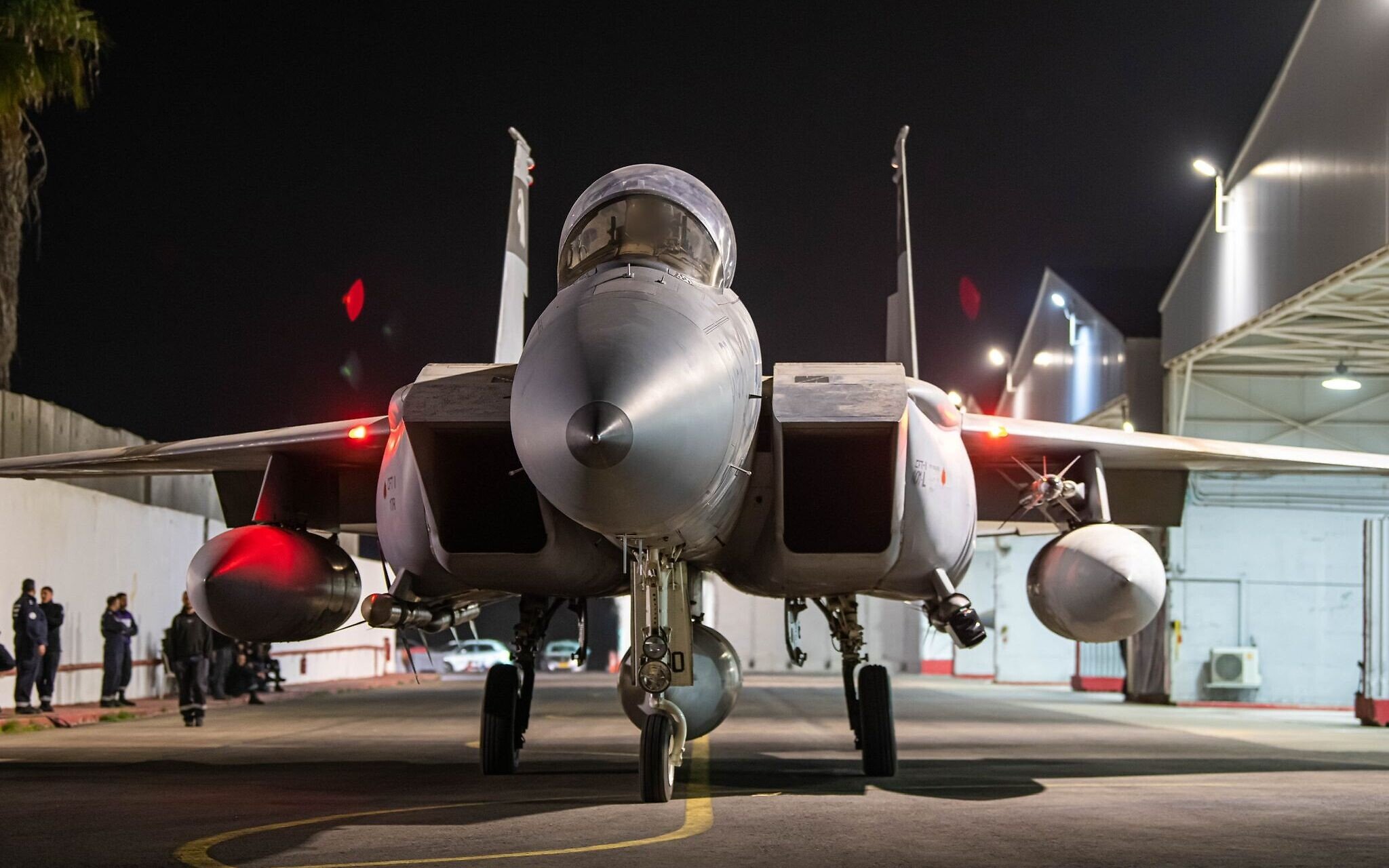
Israel’s defense and military procurement budget is expected to increase significantly over the next decade in a process that will require an open, professional, and transparent debate on the country’s doctrines for fighting and defense.
Among the areas of discussion will be the evolution of Israel’s long-range attack systems, including ballistic missiles and cruise missiles.
Currently, Israel’s defensive strategy appears to favor the use of air power, as seen in retaliatory Israeli strikes against Iran in October and against Yemen this month.
Preparing a long-range retaliatory strike with fighter jets is a complex process requiring international-level coordination, solutions for refueling, and the operation of communication, rescue, and intelligence systems. This preparation can take significant time.
Israel’s October 26 strike on Iranian military sites came weeks after Iran lobbed hundreds of ballistic missiles toward the Jewish state, with Israel under immense diplomatic and security pressure.
In contrast, had Israel employed precision ballistic missiles, the response could have occurred within approximately one hour, according to experts pushing for increased use of long-range arms. Using cruise missiles could have reduced response times to three or four hours, they claimed.
The reason Israel did not use ground-based ballistic or cruise missiles is that there do not appear to be many in its military arsenal, apart from the Jericho system, which foreign reports claim is designated for other strategic missions.
Instead, the military appears to be championing the development of air-based attack systems. US intelligence documents that leaked in October allegedly described Israel’s plans to attack Iran, including the potential use of ballistic missiles launched from fighter jets.
Among the weapons mentioned were missiles dubbed “Golden Horizon” and “ROCKS,” thought to refer to domestically produced air-launched ballistic missiles, or ALBMs.
The leak marked the first known mention of the Golden Horizon system, but speculation has linked it to either the Air LORA, an ALBM made by Israel Aerospace Industries based on a ground-based missile with a range of over 400 kilometers (250 miles), or the Blue Sparrow ALBM made by Rafael Advanced Defense Systems with a range of some 2,000 kilometers (1,250 miles).
ROCKS, also developed by Rafael, is another ALBM; its range is approximately 300 kilometers (188 miles).
There is also a ship-launched version of the LORA, with a slightly shorter range.
On November 1, 2024, internet users spotted an Israeli Sa’ar 5-class missile boat equipped with LORA missile launchers sailing through the Suez Canal toward the Red Sea.
Additional missiles potentially in Israel’s arsenal include cruise missiles, such as, allegedly, the jet-powered Popeye submarine-launched cruise missile, which is reportedly fired from Dolphin-class submarines.
Reports on the Popeye have cited a US military assessment determining that the missile can be nuclear-armed, with a tested range of 1,500 kilometers (940 miles).
According to foreign reports, Israel also possesses a stockpile of Jericho surface-to-surface ballistic missiles, including versions with ranges of thousands of kilometers, which are reportedly operated under the air force’s wing.
Despite their availability, Israel has chosen not to use the missiles in its various strikes on Iran or elsewhere in the region, prompting some to ask why it has preferred air-launched missiles over their ground-based cousins.
The debate between proponents of surface-launched ballistic missiles and those favoring air superiority has been ongoing for decades within the ranks of the Israel Defense Forces.
Military planners have long worked under the assumption that developing a surface-based missile fleet would involve a significant financial investment, which would come at the expense of air-based weapons or aircraft — a nonstarter for the air force.
Yair Ramati, a former head of the Defense Ministry arm responsible for developing the Arrow and other missile systems, said the prevailing approach until now has viewed aircraft as offering a better solution than ground-based missiles.
However, Ramati noted that a fundamental crisis like the current war necessitated revisiting assumptions. He recalled that Israel’s Ground Forces branch was organized in the early 1980s following shifts in strategic thinking in the wake of the 1973 Yom Kippur War.
“Even then, there was a need for organizational and conceptual renewal, and the same is true today,” he told The Times of Israel.
“The question is whether there is room for an additional missile system outside the IAF, or if changes should be made within the IAF itself to avoid redundancies and bloated commands,” Ramati added.
Where ground-launched ballistic missiles have a strategic edge over air-launched systems is in scenarios where the enemy is protected by significant air defense capabilities, risking the viability of an air attack. Israel enjoys almost unchallenged air superiority across the region, meaning flying toward Yemen to shoot at Houthi targets, for instance, is not considered especially fraught.
The same, however, may not be true when it comes to hitting Iran, which hosts advanced Russian air defense systems. While Iran’s attacks on Israel and attempts to defend itself have been largely ineffective, technological advances could improve the accuracy of its missiles, and in the future Israel may no longer feel it can wait weeks to plan an air-based retaliation.
In 2018, then-defense minister Avigdor Liberman announced that the army would establish a missile corps independent of the air force, intended to be integrated into the IDF’s ground forces.
The plan, never realized, allocated $500 million to create a system utilizing precision ground-launched missiles with ranges of up to 300 kilometers.
Establishing a missile corps under this proposal would require duplicating intelligence systems, target management, command structures, and related systems — effectively creating redundancies within the IDF, according to critics.
Air force boosters argue that ground-based launch systems are one-dimensional, with a single purpose, while fighter jets are more versatile platforms, capable of taking on repeat missions ranging from intelligence gathering to carrying out strikes with various munitions, and even aerial combat.
On the other side, opponents note that sending aircraft on missions risks losing pilots, navigators and the planes themselves if they are shot down.
A ground-based solution is also thought to be more cost-effective: autonomous armaments that do not require pilots or refueling could offer a more economical and effective solution for Israel.
Operationally, though, some are drawing lessons from the experiences of Russia on the battlefield in Ukraine, where surface-to-surface missile attacks and drone launches have found less success than attacks carried out by Russia’s air force.
Tal Inbar, a senior research fellow at the Virginia-based Missile Defense Advocacy Alliance, said Israel had made a strategic decision not to pursue a dedicated missile corps. He noted that military planners were often resistant to change, but predicted that advances in tech could shift attention to ground-based missile systems.
“There was resistance in the past to Iron Dome and drones, and today people take pride in their longevity and effectiveness,” Inbar told The Times of Israel.
“Some air force missions could be replaced by missile strikes at ranges of hundreds of kilometers,” he added. “Today’s technology has advanced significantly, allowing for precise strikes that were not possible in the past.”


